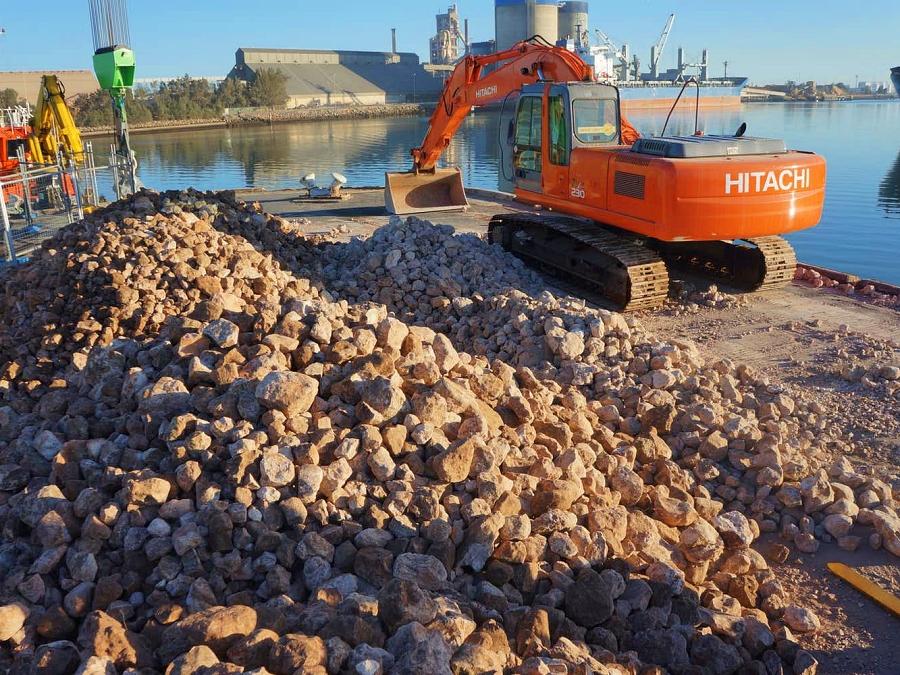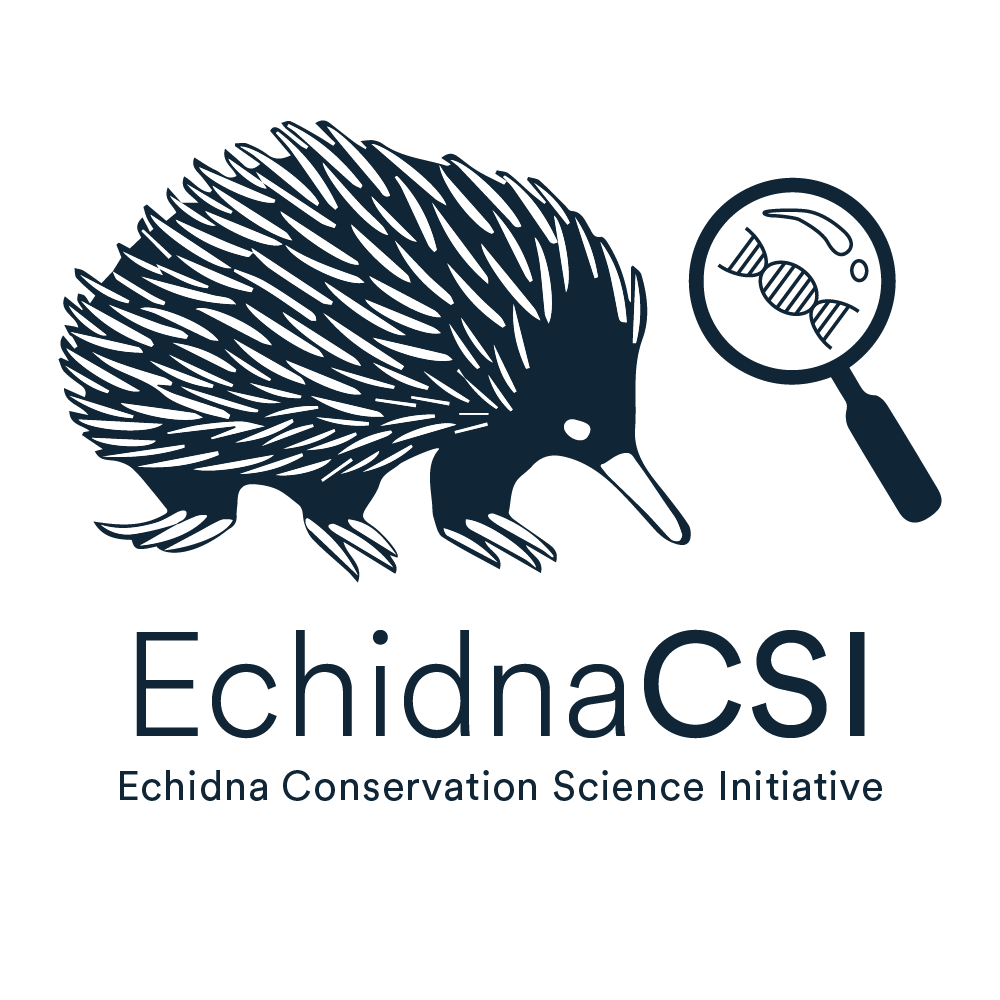Research Wins
-
Windarra Reef: artificial oyster reef
Researchers from the Environment Institute have undertaken the largest oyster reef restoration project outside the United States in the coastal waters of Gulf St Vincent, near Ardrossan, South Australia. This ambitious project aims to restore 20 hectares of native mud oyster reef where historic reefs once thrived along more than 1,500km of South Australia’s coastline.
The project is worth A$4.2-million and will be built in two phases. The first phase a 4-hectare trial is currently being built by Primary Industries and Regions South Australia; the second phase will see the reef expand to 20 hectares, led by The Nature Conservancy.
This restoration project aims to pull our native mud oyster back from the brink of extinction in the wild, and restore a forgotten ecosystem that once teemed with marine life.
Restoring oyster reefs has the potential to return these ecosystem services and increase the productivity of coastal ecosystems. The Gulf of St Vincent project is a collaborative partnership between the South Australian Government, The Nature Conservancy, Yorke Penninsula Council, whilst the University of Adelaide is working to ensure that the restored oysters survive and thrive, and that the reef continues to grow.
This exciting research has been recognised with a nomination for the 2018 South Australia Science Excellence in Research Collaboration award.
-
Echidna CSI - a successful citizen science project
A new citizen science project, the Echidna Conservation Science Initiative – EchidnaCSI – is using an innovative approach of combining public engagement with molecular biology to better understand wild echidna populations and to help their conservation.
Using a phone app, EchidnaCSI asks the public to log sightings of echidnas across Australia and to collect their scats for molecular analysis.
The data has revealed that echidnas are inhabiting more urbanised areas, appearing even in the centre of Adelaide and highly abundant in surrounding suburbs with similar trends for every major city in Australia.
EchidnaCSI has received widespread publicity since its launch including multiple TV shows, more than 60 radio interviews, news articles, media reports and blog posts across Australia.
The EchidnaCSI app has been downloaded more than 5000 times, with 3000 echidna sightings submitted and 200 echidna scats collected across Australia. It's easy to get involved and is a wonderful way of contributing to citizen science.
-
Aboriginal heritage project

Ground breaking research at the Australian Centre of Ancient DNA, a centre of the Environment Institute, has begun to reconstruct the genetic history of Indigenous Australia.
Research published in Nature, using historic hair samples collected from Aboriginal people collected between 1928 – 1970s, has revealed Australia was originally colonised by a single group. The subsequent peopling of the continent was rapid with migration along the west and east coasts, meeting in Southern Australia. After this rapid migration, results suggest populations settled in territories, and moved little for over 40,000 years.
These findings provide compelling scientific evidence for the cultural attachment Indigenous Australians have to the ancestral homelands and and will assist in ongoing reconciliation efforts.
Further research will expand our coverage of indigenous communities across Australia and will focus on information from the whole genome. This data will be coupled with the massive variations in Australian climate and ecology across both time and space, to learn more about the role that selection has played in generating the extensive biological and physical differences observed in modern indigenous Australians.
This innovative research has been recognised with the 2018 South Australia Science Excellence in Research Collaboration award and the 2017 Eureka Prize for Excellence in Interdisciplinary Scientific Research. -
Lost forests
A new global analysis surveying the distribution of forests and woodlands has ‘found’ 467 million hectares of previously unreported forest in dryland ecosystems – a land area equivalent to 60% of Australia.
This research was conducted by an international team of scientists and students from the Food and Agriculture Organization of the United Nations (FAO) and 15 organisations, including the Environment Institute’s Professor Andy Lowe.
Their findings, published in Science, have increased the current estimates of global forest cover by 10%. This is a very significant finding with broad consequences for global carbon budgeting and dryland restoration and management.



